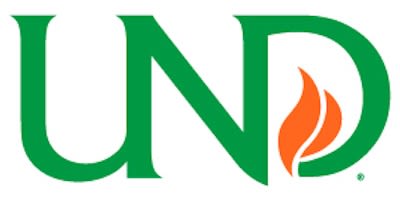The Scholarship of Securing the Homefront
How the University of North Dakota is leading national security research
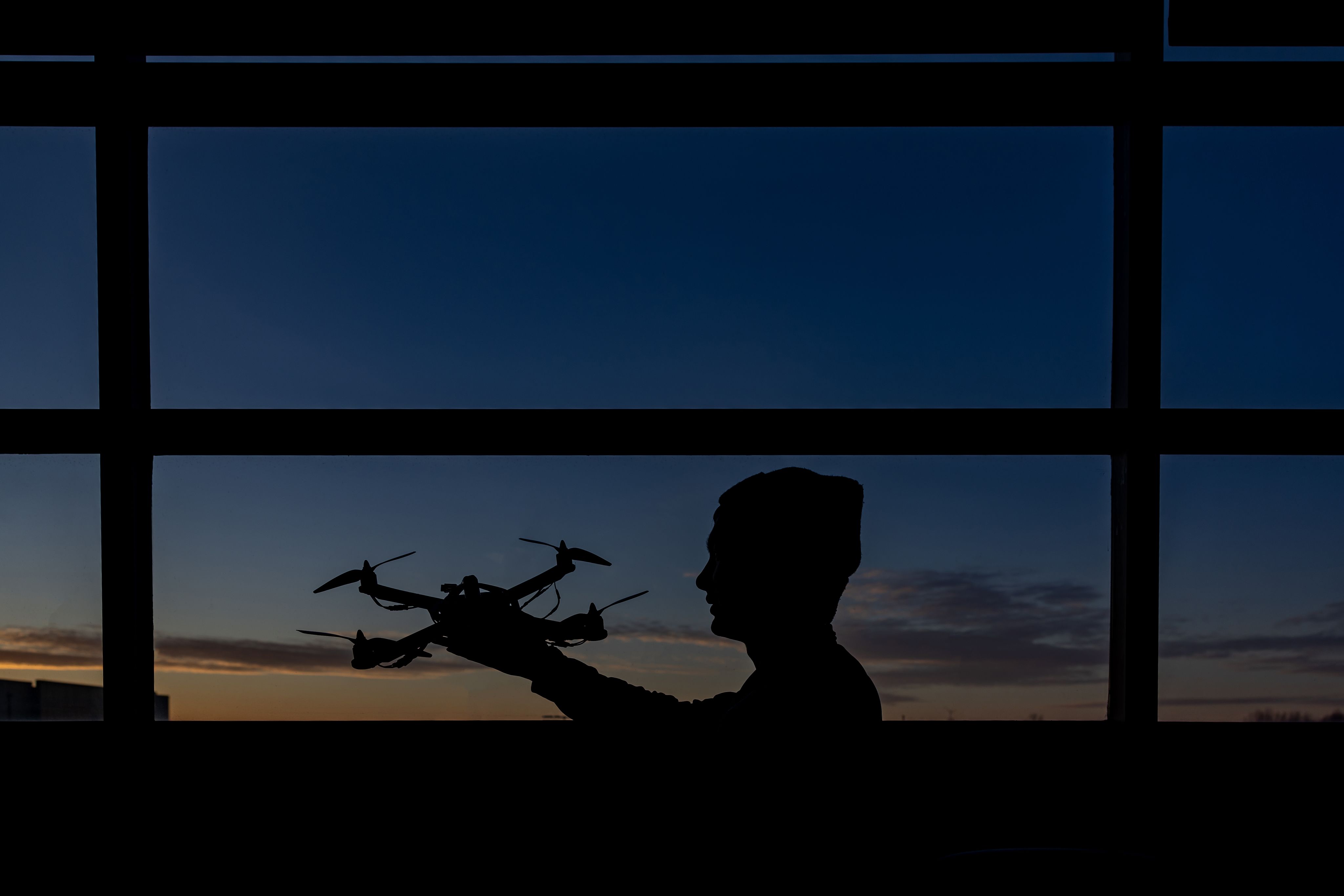
In Arlington, Va., an elite conference on uncrewed aerial systems draws national security experts from the U.S. Department of Defense, intelligence community, military contractors — and one university.
Despite nearly 1,500 miles between the Pentagon and that university — the University of North Dakota in Grand Forks — the school has run the UAV Technology USA conference for the past three years.

How did UND become a research leader in national security? How has it evolved into a place where innovations in autonomous systems are born, where lasers communicate with satellites, where scientists perform federal research atom by atom in clean nano labs and where next-generation 3D-printed spacesuits are designed and built?
“It’s just an amazing place to be,” says UND President Andrew Armacost, a retired U.S. Air Force brigadier general. “The pioneering spirit, collaborative culture and work ethic that exist at UND and across North Dakota are yielding incredible research results and contributions to national defense.”
National security ecosystem
Already dominant in training the world’s commercial airline pilots, UND foresaw the uncrewed flight revolution and predicted its important role in future national security.
UND designed America’s first UAS degree program. UND also benefited when the Federal Aviation Administration put one of only six national UAS test sites mere miles from campus. UND also was recognized early as a DoD Center of Excellence for UAS Education, creating multiple research partnerships in detect-and-avoid technology and the integration of UAS in national airspace.
The U.S Department of Homeland Security and others lean heavily on UND’s Research Institute for Autonomous Systems to conduct important counter-drone tests. And UND has strong ties to nearby Grand Forks Air Force Base, a military UAS operations hub, and the adjacent “Grand Sky” UAS business park, anchored by tech giants Northrop Grumman and General Atomics, where emerging UAS technologies are tested.
It adds up to UND being key in an “unparalleled triumvirate of government, private industry and academic interests all flying in the same direction,” said Forbes magazine in 2021. Or, as The New York Times once put it: UND is the epicenter of a “Silicon Valley for drones.”
Only a few months into the job, UND Vice President for Research & Economic Development Scott Snyder says the labels are even more relevant today.
“I have been nothing short of blown away by the collaborative spirit that exists here in support of our UAS and national security ecosystem,” he said.
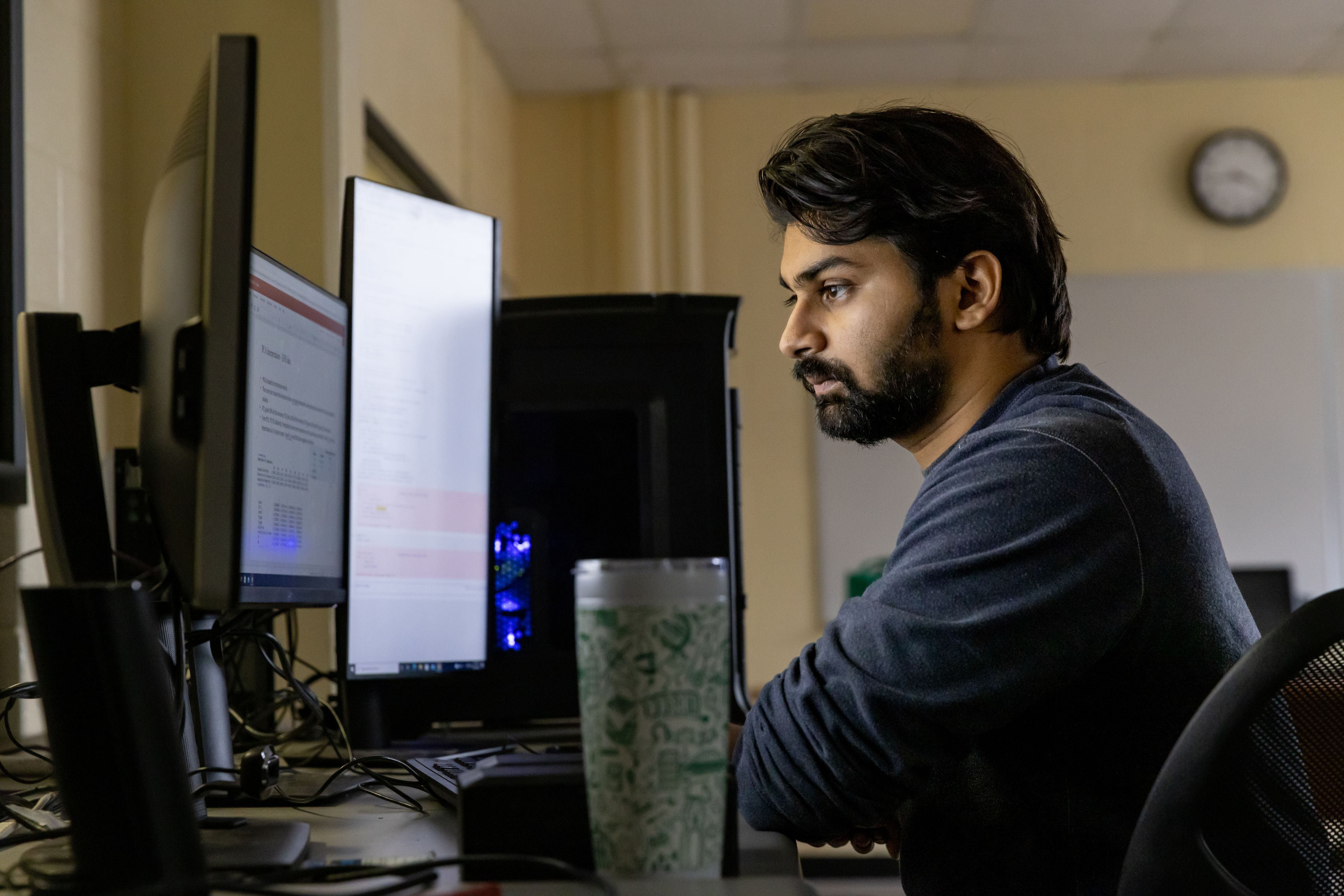
Preparing to launch
The U.S. Space Force, drawn by UND’s established legacy in aerospace education, also saw the national security potential of UND when it chose the school as the first member of the select University Partnership Program in 2021.
Founded by Buzz Aldrin, the second man to walk on the moon, UND’s Space Studies Department long has specialized in the academics of the cosmos. It’s where the world’s future astronauts have come to train in UND’s Inflatable Lunar/Mars Analog Habitat. It’s also where renowned Space Engineer Pablo de León designs and tests the spacesuits of the future, including 3D-printed versions for those extraterrestrial occasions when a new part might be needed in a pinch.
Now, under UND’s new National Security & Space Initiative, students soon will employ sophisticated antennas and a bi-static radar to track, control and communicate with satellites and other space objects from a new Space Operations Center.
The Space Operations Center also will serve as ground control for an exciting student-led satellite launch slated for the spring of 2025.
“The Earth’s sky is no longer the limit,” said Bob Kraus, dean of UND’s John D. Odegard School of Aerospace Sciences. “From aerospace physiology to satellite operations to exploration of planetary habitats, we’re focused on preparing our graduates for tomorrow’s workforce.”
Across campus, students at UND’s College of Engineering & Mines are preparing for a new National Security Corridor, where state-of-the-art digital engineering and supercomputing labs will test the aerospace college’s satellites under extreme conditions. Other big data labs will focus on America’s cybersecurity challenges and design advanced materials for UAS, low-orbit satellites and other national security applications.
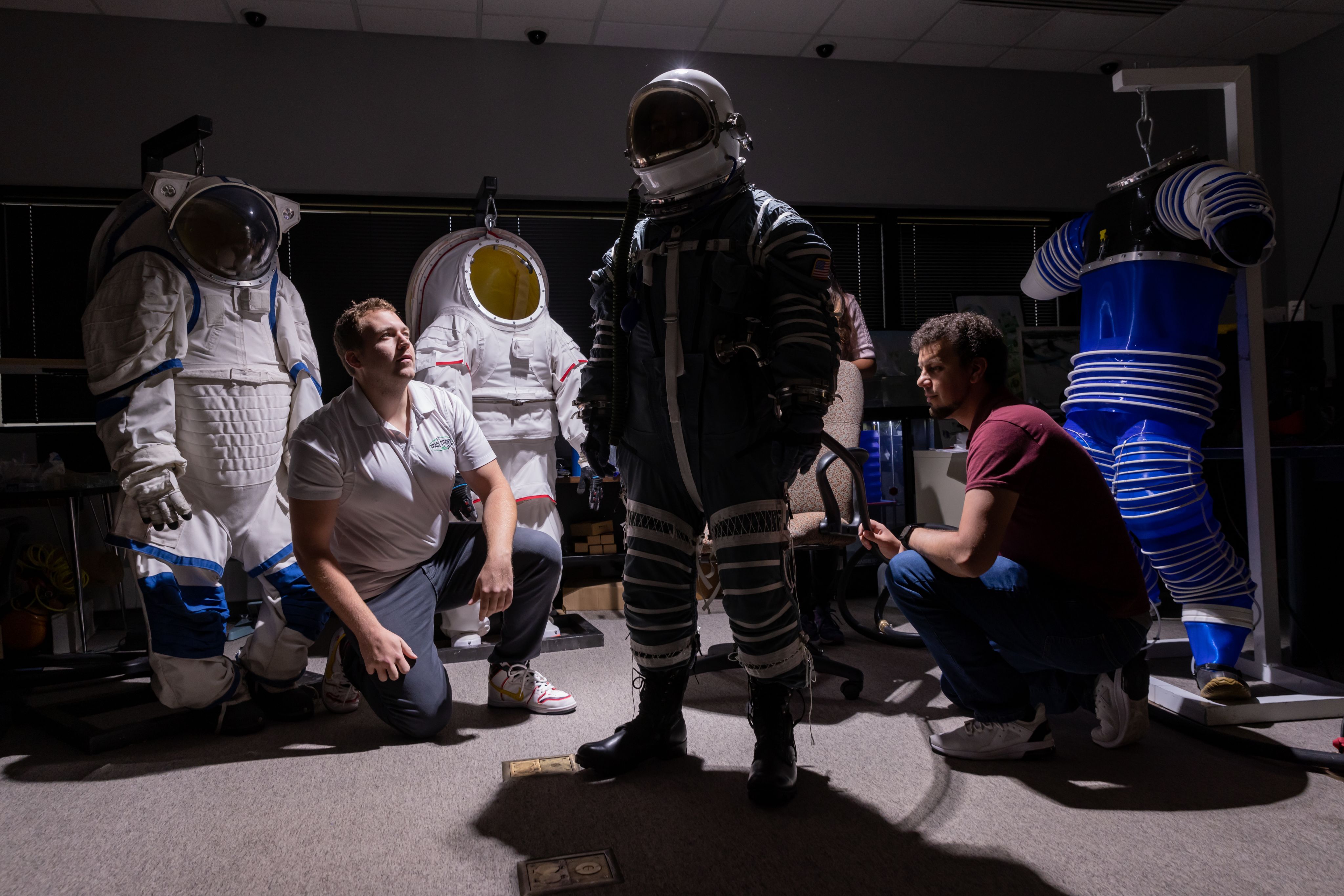
And the collaborative research already taking place between the aerospace and engineering colleges will only continue to grow with the onset of UND’s new Aerospace Engineering program.
“These kinds of interdisciplinary partnerships are crucial as the security challenges we face as a nation transcend any one academic discipline,” said Brian Tande, dean of the College of Engineering & Mines.
Traditional arts and sciences disciplines also play a role with the establishment of a new nanofoundry. This is where novel materials are created and nanoscale devices many times smaller than human cells can be designed, fabricated and tested for the DoD and defense contractors. UND is also establishing a laser communications lab to transfer extremely large data sets more quickly and securely.
“It’s exciting to see faculty in physics, chemistry, communication and math working across campus on breakthrough research in top-notch facilities, all while educating our future leaders in national security,” said Brad Rundquist, dean of UND’s College of Arts & Sciences.
Building momentum
Through the scholarship of national security, UND is serving the country and creating new opportunities for students and faculty.
Building on that momentum, UND this fall launched “UND LEADS: Broad Perspectives on National Security,” a speaking series focused on timely national security topics. The series, which is broadcast virtually, features prominent speakers at the Grand Forks campus in the fall and another speaker in Washington, D.C., in the spring.
Meanwhile, back in Arlington, the UAV Technology USA organization has announced plans for its 2025 conference.
And once again, the conference — one of the world’s top summits on national security applications for UAS — will be hosted by the University of North Dakota.
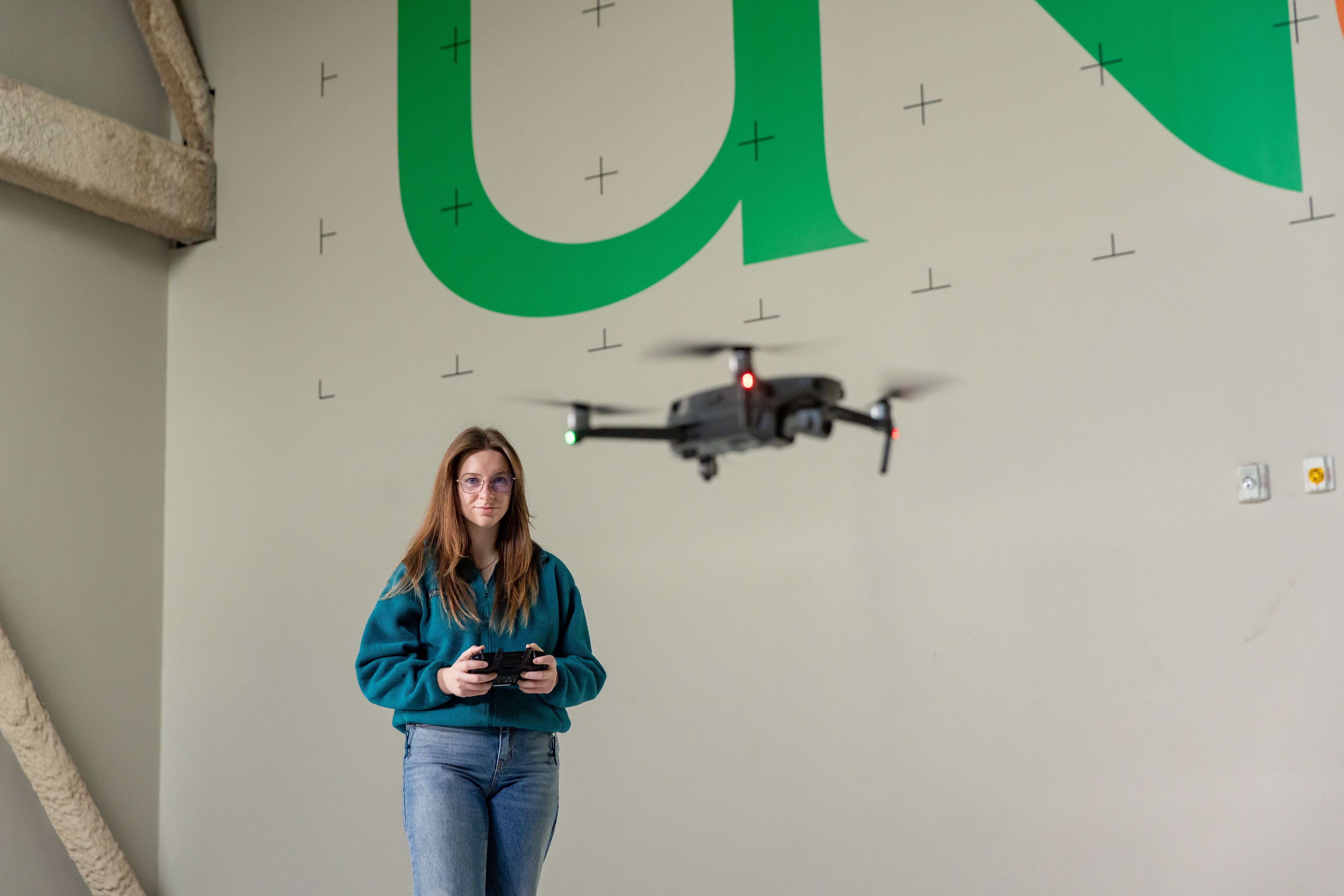
Discover how the University of North Dakota is leading in national security research:
This content was paid for and created by the University of North Dakota. The editorial staff of The Chronicle had no role in its preparation. Find out more about paid content.



